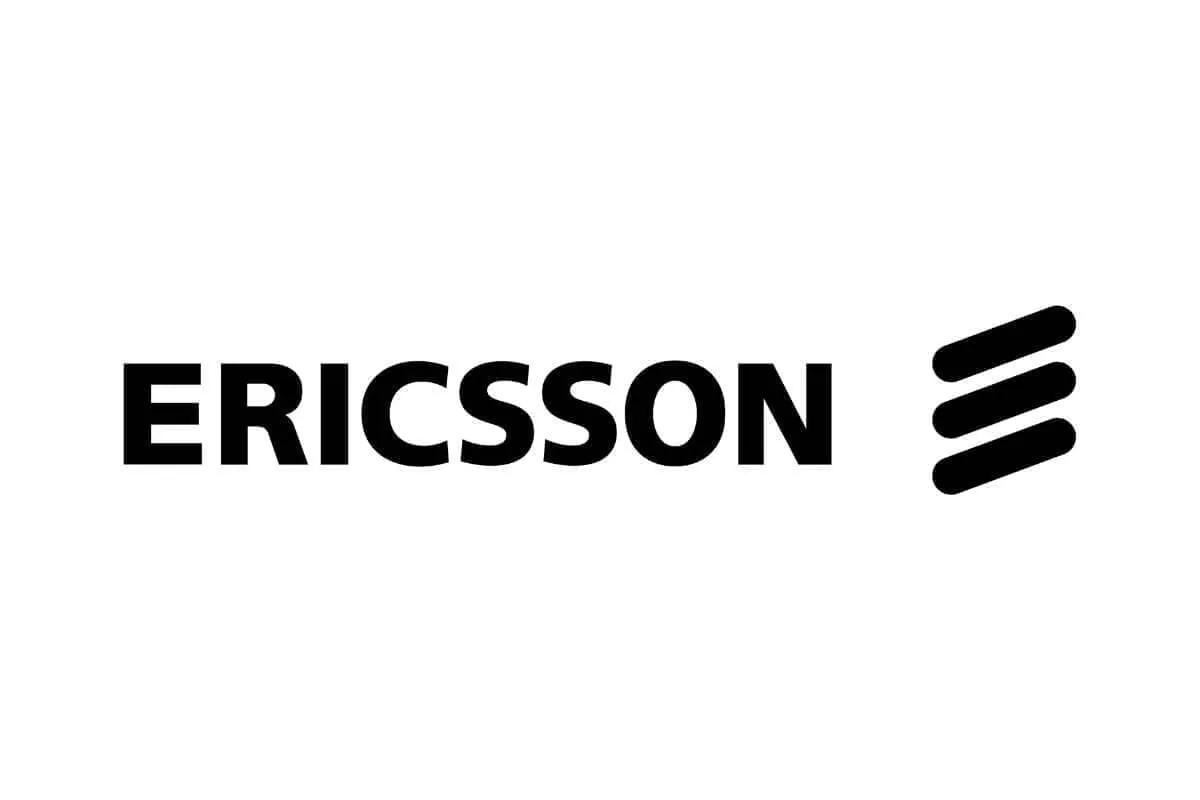
The evolution of 5G is progressing steadily, with continuous improvements laying the foundation for 6G. For 5G, the focus is shifting from extensive, large-scale investments to more targeted upgrades. Telecom operators, according to Erik Ekudden, CTO of Ericsson, will now prioritise increasing network capacity and densifying networks, ET reported.
Also Read: Telcos Have Reached a Saturation Point with Limited Monetisation Prospects?
India’s Success with 5G
When asked about the challenges of 5G monetisation in India despite record rollout speeds, the Swedish gear vendor Ericsson's CTO reportedly said, "5G has been a real success in India, with 450,000 5G base stations rolled out nationwide, which is impressive. We haven't seen this scale anywhere else and India is leading in terms of infrastructure and the 5G network itself."
"The success of 5G can be attributed to the fact that with nationwide coverage, users enjoy significantly better performance—faster speeds, improved uplink for data uploads, enhanced video quality, and even richer fan experiences in stadiums. As a result, consumers are seeing real, tangible benefits from 5G," the CTO explained, according to the report.
Also Read: Ericsson Launches AI-Powered 5G Advanced Software Suite to Improve Network Efficiency
Use Cases for 5G in India and Beyond
Regarding upcoming Use cases and any Global 5G Use cases that could be replicated in India, Ekudden reportedly identified several emerging use cases for 5G, including fixed wireless access (FWA) for homes. With 6 million households already connected in India, operators are tapping into a new revenue stream by offering more flexible and affordable broadband options.
"In the US, the number is around 10 million. This shift represents a significant new revenue stream for operators, as they can leverage their existing 5G networks to serve the residential market. It's a great development because households that were previously relying on older technologies like cable, DSL, or fiber can now access broadband that's not only more affordable but also more flexible. Plus, instead of waiting for days or weeks to get connected, consumers can enjoy instant access, which has been a big hit."
Additionally, enterprises are adopting 5G for seamless, secure connectivity across mobile devices, reducing dependence on Wi-Fi and cables. Governments are also exploring 5G for public safety, disaster recovery, and surveillance, expanding the network's use beyond consumer applications, Ekudden reportedly explained.
Also Read: Ericsson Survey Sees AI Apps Driving Demand for Differentiated 5G Connectivity Plans
Focus Shifts to Targeted Upgrades
When asked about the market scenario looking ahead, Ekudden reportedly said, "From an investment perspective, the market may appear relatively flat, but that is because 5G networks are incredibly powerful. They deliver significantly higher performance, so the focus shifts from constant large-scale investments to targeted upgrades. Operators will now invest in enhancing capacity, improving uplinks and densifying networks, for example, in stadiums or venues. There will also be new features and functions introduced, such as standalone networks, network slicing and support for IoT devices like RedCap."
Ericsson's Vision for 6G
"So, it's not a decline but more of a gradual evolution of 5G, with continuous improvements leading toward 6G. Think of it as a software-driven system that will receive regular updates to enhance its capabilities over time," the report further quoted the CTO.
As for 6G, Ekudden forecasted that it could be a reality by 2030. However, he cautioned that rushing the rollout could hinder its success. The transition to 6G requires a strong ecosystem, including advanced devices, network programmability, and new applications for enterprises and governments. The path to 6G will be a stepwise journey, ensuring the right foundation is in place before moving forward.
Also Read: Ericsson Finds 5G Delivered Seamless Network Experience Over 4G at 2024 European Events
Strong Ecosystem for the Future of 6G
"From the rollouts of 3G, 4G and 5G, we have learnt that rushing the process can actually be counterproductive. If you push too quickly, the ecosystem may not evolve fast enough to support it. For 6G to truly make an impact, you will need the right devices, sensors, network programmability through APIs and new applications for both enterprise and government. Without these foundational elements, just having 6G won't bring significant benefits. It is crucial to make each phase—just like we are doing with 5G—commercially viable before moving forward," the CTO reportedly said.
According to the report, he further added that Airtel and Jio are already working on new use cases for their advanced 5G networks. "When it's time to move to 6G, we'll be ready. Globally, and likely in India as well, 6G is expected to roll out around 2030. By then, we'll have access to new globally available frequencies, which are critical since spectrum is essential. However, creating an ecosystem takes time—it doesn't happen overnight."















